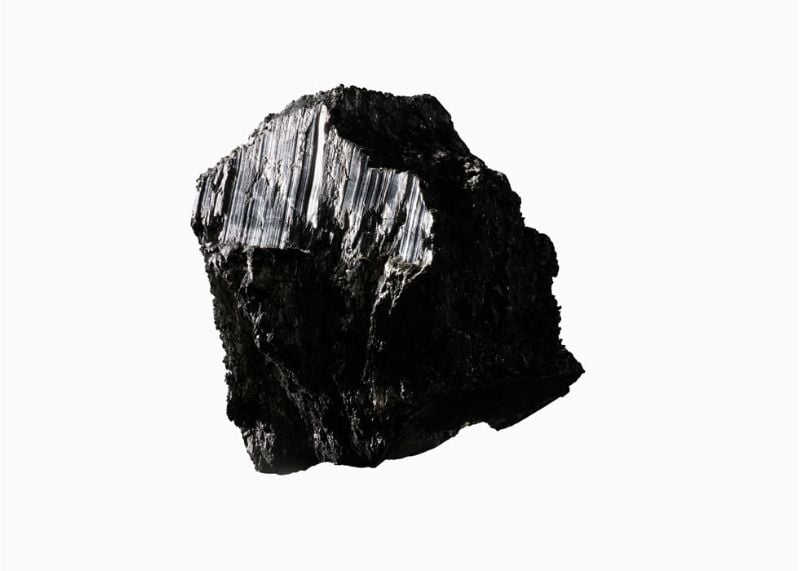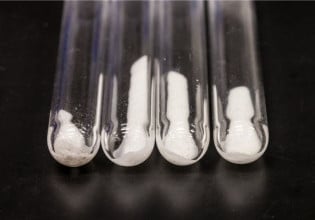Tipping Point? Apple To Use Recycled Cobalt in All Its Batteries
The company plans to use only recycled cobalt by 2025.
As the world moves further into electrification, the raw materials that make up lithium-ion batteries will reach a point where recycling will become critical. Cobalt is already reaching that point because of its scarcity and ethical concerns, such as child labor and human rights abuses, associated with its mining, especially in the Democratic Republic of the Congo (DRC), where 70 percent of cobalt is sourced.
Apple iPhone. Image used courtesy of Apple
Cobalt is a key component in the cathode of nickel-based lithium-ion batteries. Lithium ions go from the anode to the cathode when the battery is charged; when discharged, the lithium ions return from the cathode to the anode. Cobalt helps to facilitate this process by providing a stable structure for the lithium ions to move through. It helps to improve the battery's energy density or the energy the battery can store per unit of weight. Cobalt also helps to improve the battery's cycle life, which is the number of times it can be charged and discharged before losing its capacity.
Lithium Without Cobalt
Lithium-ion batteries can be made without using nickel and cobalt in the cathode. Lithium-iron-phosphate (LFP) batteries use no nickel or cobalt but have lower energy density than nickel-based batteries. This results in a lower range for an electric vehicle (EV) and lower performance, which may be acceptable on certain EV models. Tesla, for example, uses LFP batteries in some of its models, including those manufactured in China.
Portable electronic devices like smartphones, tablets, and laptop computers need extra energy density and power from nickel-based cathodes to provide the long battery life between charges that consumers expect. This means that small amounts of cobalt are necessarily a part of the batteries in such personal electronic devices.
Apple, Inc.
Apple has been working to recover and recycle cobalt from its used iPhones and other devices like the iPad, Apple Watch, and MacBook. In 2021, 13 percent of the cobalt used in its device batteries came from 100 percent recycling. In 2022 that number rose to 25 percent. Apple says it plans to have 100 percent of its cobalt requirements supplied from recycled sources in 2025.
Cobalt in mineral form. Image used courtesy of Apple
The company opened a 9,000-square-foot Materials Recovery Lab in Austin, Texas, in 2019 and has pioneered the technologies necessary to separate its lithium-ion batteries from the other components comprising an iPhone. After a robot disassembles the device, the batteries are sent to specialty recyclers that can remove the cobalt and lithium from the other battery products.
Other Valuable Materials
In addition to recycling battery materials, the robot in Austin can also help recover rare earth elements used in all of the magnets found in products like the iPhone, MacBook, and Mac models. In 2021, Apple used 45 percent recycled rare earth elements; in 2022, that number was 73 percent. The target is to have nearly 100 percent of rare earth elements coming from recycling by 2030.
Additional recycling goals include 100 percent recycled gold used in printed circuit boards by 2025 and recycled tin soldering used for assembly in the same time frame.
The Ultimate Goal
Reducing the use of mined raw materials through recycling also requires consideration for communities whose livelihood relies on mining. Apple has partnered with groups like the Fund for Global Human Rights to find ways to provide support to allow local communities to move away from mining and to build other skills that can provide new opportunities.
Apple intends to use 100% recycled and renewable materials in its products and to develop manufacturing processes producing net zero greenhouse gas emissions (GHGs) by 2030.








